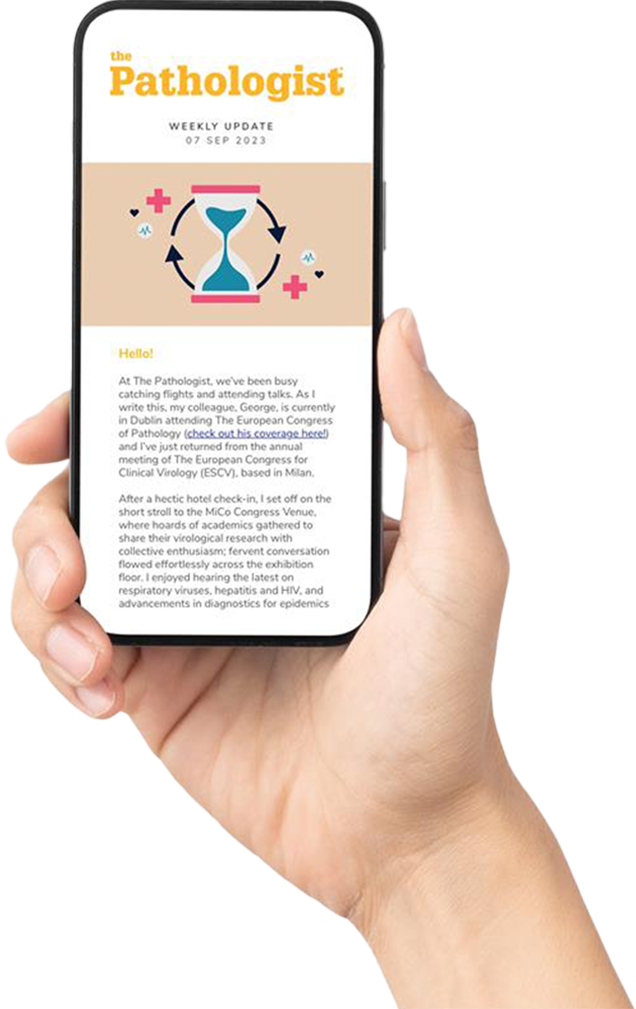Dolphins exposed to algal blooms show Alzheimer’s-like signs.
2,4-DAB levels heightened during algal blooms.
Transcriptional profiling reveals changes in gene expression linked to AD.
536 genes associated with synaptic transmission affected.
Evidence of amyloid-β plaques and tau tangles in tissues.
Dolphins serve as sentinel species for studying toxin impacts.
Research highlights potential environmental contributors to neurological disorders.
Are Dolphins the New Alzheimer’s Sentinels?
New transcriptomic analysis links neurotoxin buildup in stranded dolphins to altered gene expression and hallmark Alzheimer’s pathology
10/28/2025
News
2 min read
